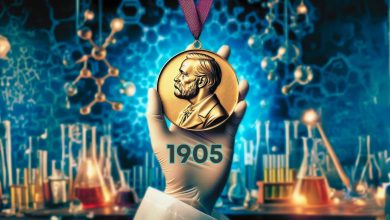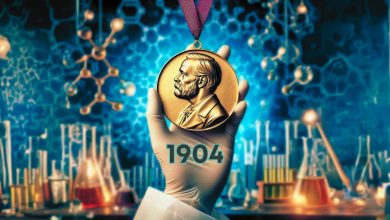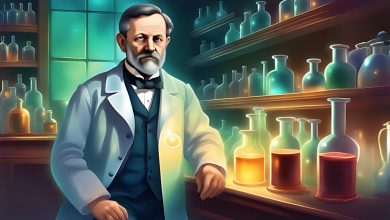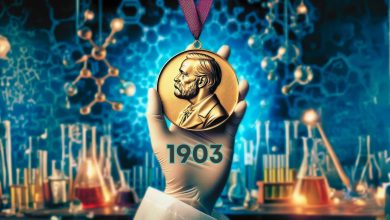Nobel Chemistry Award – 1902 – Hermann Emil Fischer
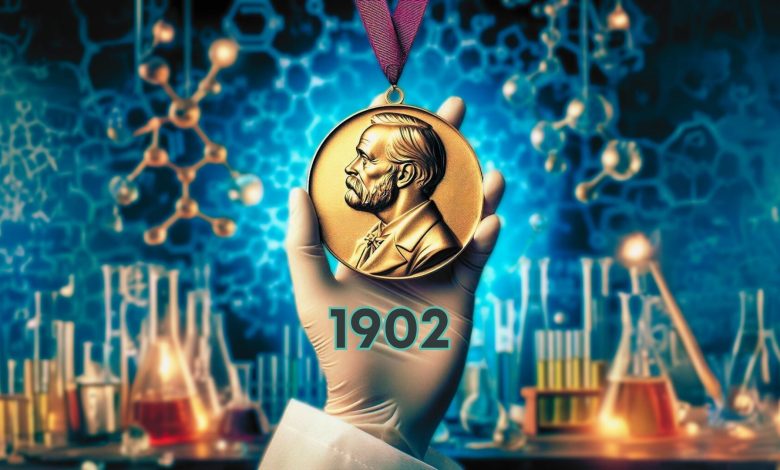
“for his work on sugar and purine synthesis”
The second Nobel Prizes were awarded in 1902. The prize in the field of chemistry was awarded to Hermann Emil Fischer. The German chemist was 50 years old when he received the prize. Until then, he had worked on many pioneering topics in his field. However, the work that led Fischer to the Nobel was on the synthesis of sugars and purines.

Sugars are water-soluble organic molecules with the general formula CnH2nOn. Photosynthesis, one of the most fascinating reactions in nature, produces glucose, a type of sugar. These sugars can be linear or ring-shaped, as shown below.

The energy that enables cells to survive is obtained from the breakdown of sugars. Firstly, sugars, which have vital importance both in human life and in nature, are needed to be understood in terms of their structure and synthesis processes. This is exactly what Fischer focused on. First of all, he developed the “Fischer projection,” which allows 3D sugars to be accurately represented on 2D paper. The projection is still used by chemists today.
Another reason for the award was Fischer’s work on purines. Purines are biochemical compounds formed by the union of two ring structures. Purines, together with pyrimidines (another type of biomolecule with a single ring), are the most abundant nitrogen-containing ring structures in nature. They are widely common in nature because they are the building blocks of DNA and RNA.
As a result of his studies, Fischer first isolated purine and then synthesized many different derivatives of purine. Many of these synthesized derivatives have been patented for use in pharmaceuticals. Fischer was also the first scientist to synthesize caffeine, a purine.
Sugars, from which our cells derive their energy, the product of photosynthesis, and the building block of our hereditary identity, are of undeniable importance in every respect. Fischer has been one of the most important chemists in the field, taking the first and successful steps in isolating these indispensable molecules, synthesizing them in the laboratory and understanding their structures.
References and Further Reading
Chisholm, Hugh, ed. (1911). “Fischer, Emil”. Encyclopædia Britannica. Vol. 10 (11th ed.). Cambridge University Press. p. 426
Gregersen E. “Fischer Projection | Definition & Facts”. Encyclopedia Britannica.
The Nobel Prize in Chemistry 1902. (n.d.). NobelPrize.org. https://www.nobelprize.org/prizes/chemistry/1902/summary/



